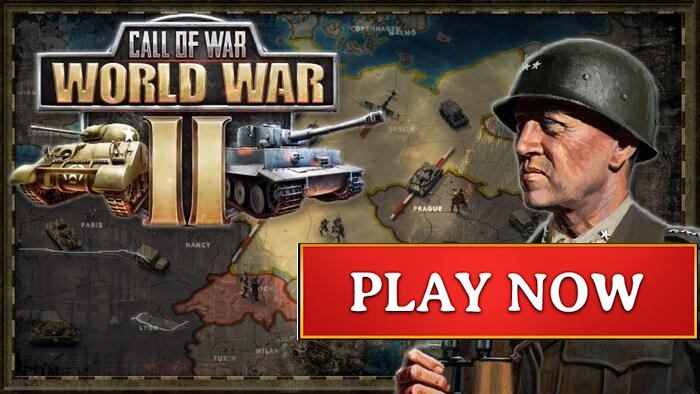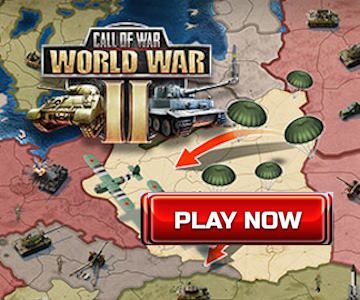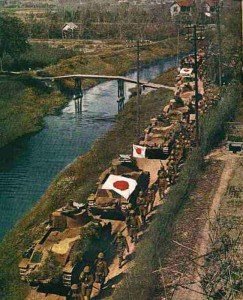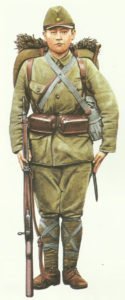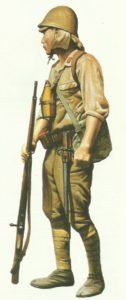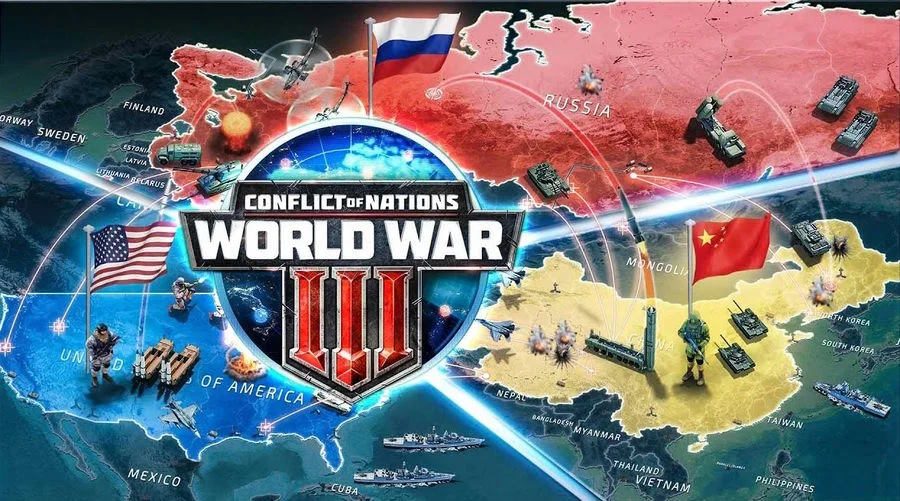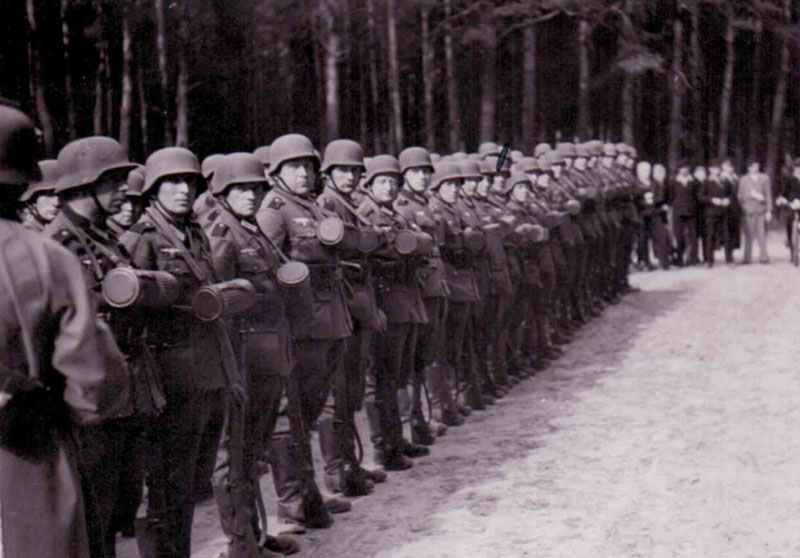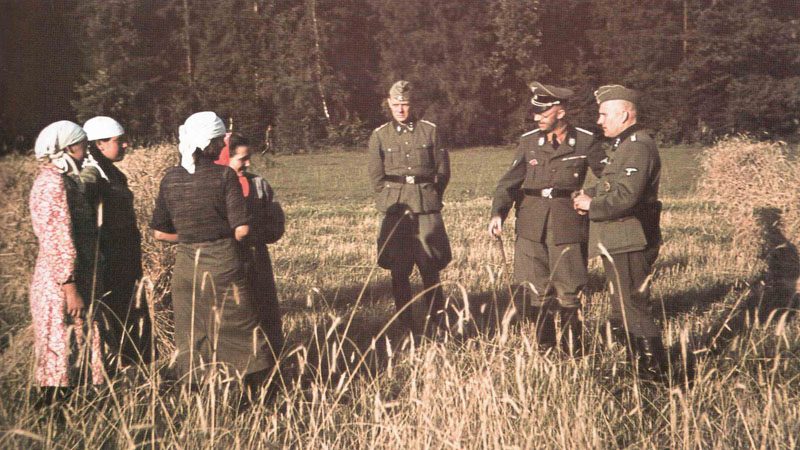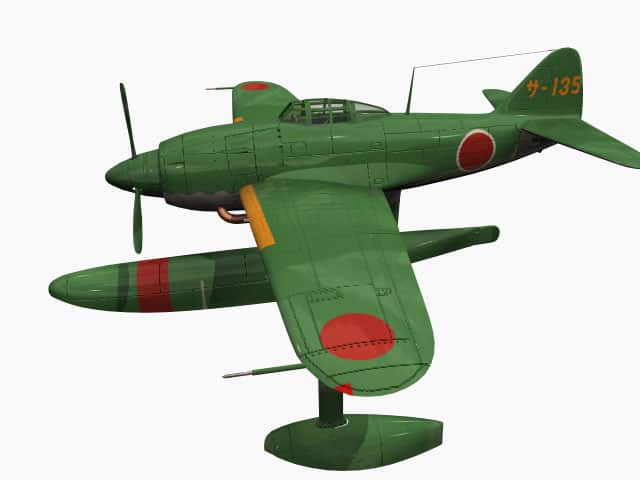Strength and organization of the Imperial Army.
The Japanese Army in the time of victories in the Pacific War from 1941 to 1942.
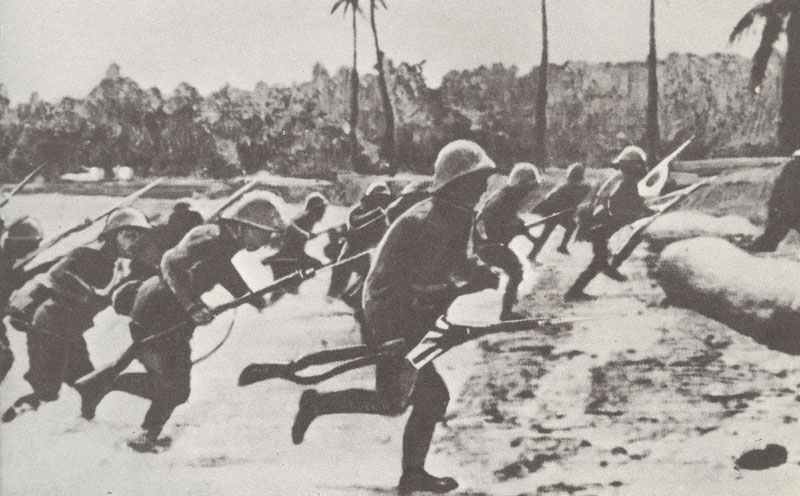
The Japanese Army in the time of victories in the Pacific War from 1941 to 1942.
The Japanese Army at the beginning of the Pacific War
Table of Contents
At the beginning of the Pacific War in December 1941, the Japanese army was a formidable and well-prepared force, having already been engaged in military campaigns for several years.

Historical Context
Second Sino-Japanese War: The Japanese army had been involved in the Second Sino-Japanese War since 1937, which provided extensive combat experience and honed its capabilities.
Expansionist Policies: Japan pursued aggressive expansionist policies, aiming to secure resources and territories throughout Asia and the Pacific.
Military Strength and Organization
Size and Composition: The Imperial Japanese Army (IJA) had around 2 million personnel at the start of the Pacific War, organized into multiple divisions and specialized units.
Divisions and Brigades: The army comprised various infantry, cavalry, and mechanized divisions, supported by artillery, engineering, and logistics units.
Equipment and Technology
Artillery: The army used a range of artillery, including howitzers, field guns, and anti-aircraft guns. Notably, the Type 89 15cm cannon and Type 91 10cm howitzer were common.
Armored Vehicles: Though not as advanced as those of some other nations, Japan had a range of tanks like the Type 95 Ha-Go light tank and the Type 97 Chi-Ha medium tank.
Naval Support: The Japanese Navy provided crucial support, including aircraft carriers, battleships, and submarines, enhancing the army’s operational reach.
Strategy and Tactics
Offensive Doctrine: The IJA emphasized offensive operations, utilizing rapid movements and surprise attacks, as demonstrated in their early successes in Southeast Asia and the Pacific.
Jungle Warfare: Japanese forces were trained for jungle warfare, which proved advantageous in the dense and challenging environments of Southeast Asia.
Combined Arms Operations: Coordination between the army and the navy, including the use of naval aviation, played a key role in early Japanese victories.
Initial Campaigns
Pearl Harbor: The surprise attack on Pearl Harbor on December 7, 1941, aimed to cripple the U.S. Pacific Fleet, allowing Japan to advance unopposed.
Malaya and Singapore: Japanese forces swiftly moved through Malaya and captured the British stronghold of Singapore in February 1942.
Philippines: Japan attacked the Philippines, leading to the eventual surrender of U.S. and Filipino forces in May 1942.
Dutch East Indies: The Japanese also targeted the resource-rich Dutch East Indies (Indonesia), securing key areas by early 1942.
Challenges and Limitations
Logistical Constraints: Despite early successes, Japan faced significant logistical challenges due to the vast distances and difficult terrain of the Pacific and Southeast Asia.
Industrial Capacity: Japan’s industrial capacity was relatively limited compared to the Allies, impacting its ability to sustain prolonged warfare.
Allied Counterattacks: As the war progressed, the Allies, particularly the United States, began to mount effective counterattacks, leveraging superior industrial output and technological advancements.
At the outset of the Pacific War, the Japanese army was a highly capable and experienced force, achieving rapid and dramatic successes. However, the long-term sustainability of their campaigns was hampered by logistical issues, industrial limitations, and the eventual Allied response.
The summer of 1942 marked the high-water of the Japanese advance, however, and when America’s vast industrial and military strength was brought to bear the Japanese Army was forced over to the defensive. In the Pacific, US troops waged a bitter island-hopping war and in Burma the British eventually managed to get the upper hand against the extended Japanese Army.
Distribution of Japanese Invasion and Occupation Forces in December 1941
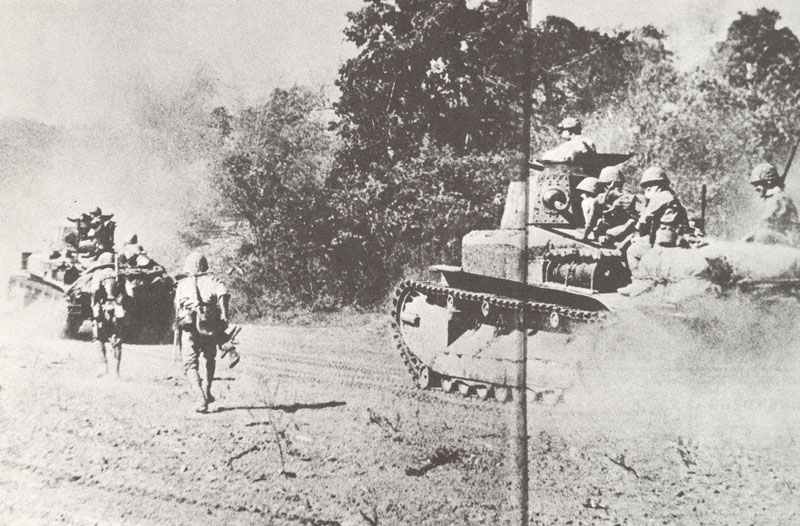
The available Japanese invasion forces were comparative small. From the total of 51 divisions in China and Manchuria, only 11 were available in December 1941.
Even in 1943 the commitment in China still amounted to 25 infantry divisions, 1 armored division, 11 mixed brigades, 1 cavalry brigade and 1 flying division – a total of 620,000 men and 14,000 vehicles. This force, known as the Kwantung Army, was called upon to provide a constant stream of reinforcements for the Pacific War, and by 1945 its units were under strength and too weak to pose any real threat.
Imperial General HQ:
Army Group | Army | Divisions |
|---|---|---|
Kwangtung Army (Manchuria) | Armies not known | total 13 divisions |
China Expedition Forces (China) | 1st, 11th, 12th, 13th Armies | total 21 Divisions |
23th Army (against Hong Kong) | 38 Infantry |
|
Southern Army Group (Pacific, East India, Burma) Reserves: 21 , 56 Infantry | 14th Army (Formosa and Palau Islands against Philippines) | 16, 48 Infantry |
15th Army (China and Indo-China against Burma) | 33, 55 Infantry Division |
|
25th Army (China and Indo-China against Malaya, Borneo, Sumatra) | 5, 18 Infantry, Guards Division |
|
16th Army (Japan and Palau Islands against Dutch Borneo, Celebres, South Sumatra, Amboina, Timor, Java) | 2, 56 Infantry |
|
South Sea Detachment (Bonin Islands against Guam, Wake, Gilbert Islands, Bismarck, New Guinea) | Regiment Group |
Japanese division in Southwest Pacific in August 1942: total 4 (2, 16, 38, 48 Infantry Divisions)
Japanese divisions in Burma in September 1942: total 4 (18, 33, 55, 56 Infantry Divisions)
Overview Japanese divisions
Overview of fully established and operational divisions of Imperial Army outside of Japan.
Overview divisions:
Date | Armoured divisions | Infantry divisions | Total |
|---|---|---|---|
December 1941 | - | 49 | 49 |
mid-1942 | 1 (in China) | 54 | 55 |
End of 1942 | 3 (2 new in August in Manchuria) | 54 | 57 |
Organization strength of the divisions
Approximate organization strength of the major types of the Imperial Japanese Army divisions 1941-42.
Organization strength of the divisions (I):
| Infantry Standard Type B | Infantry strengthened Type A | Garrison Special Type C | |
|---|---|---|---|
| Infantry regiments | 3 (c. 2,500 officers and men each) | 3 | Brigade with 3 independent Infantry Battalions |
| Cavalry regiments | 1 (950 officers and men) | 1 | - |
| Total men | 20,000 | 24,600 | 13,000 |
| Rifles | 9,000 | 10,000 | 7,000 |
| Machine guns | 382 light, 76-112 heavy MG | 410 light, 114 heavy MG | 110 light, 32 heavy MG |
| Mortars | 340 | 450 | 128 |
| Howitzers and Field guns | 66 (48 x 75mm, 18 x 70mm) | 84 (36 x 70mm, 36 x 75mm, 12 x 105mm) | 8 x 70mm |
| Anti-tank guns | 22 (37mm or 47mm) + 18 x 20mm AT-rifles | 18 (37mm or 47mm) + 28 x 20mm AT-rifles | - |
| Anti-aircraft guns | ? | ? | - |
| Tanks | 7 (armoured cars) | 7 (armoured cars or tankettes) | - |
| Vehicles | 300 (250 x 1/4 ton carts, 50 x 1/2 ton trucks) | 500 (450 x 1/4 ton carts, 50 x 1/2 ton trucks) | - |
| Horses | 8,000 | 8,240 | 2,700 |
Organization strength of the divisions (II):
| Armored Division | Independent Brigade | |
|---|---|---|
| Infantry regiments | 1 brigade (3,800 officers and men) | 5 battalions |
| Cavalry regiments | - | - |
| Total men | 10,500 | 5,600 |
| Rifles | ? | 3,200 |
| Machine guns | ? | 180 light, 20 heavy MG |
| Mortars | - | 180 |
| Howitzers and Field guns | 12 (8 x 105mm, 4 x 155mm) | 8 (75mm or 105mm, sometimes 81/90/150mm mortars instead) |
| Anti-tank guns | 18 (47mm) | 20 x AT-rifles |
| Anti-aircraft guns | 20 (4 x 75mm, 16 x 20mm) | - |
| Tanks | 270 | - |
| Vehicles | 1,580 | ? |
| Horses | - | ? |
References and literature
The Armed Forces of World War II (Andrew Mollo)
Japanese Army of World War II (Philip Warner)
World War II – A Statistical Survey (John Ellis)
Der Grosse Atlas zum II. Weltkrieg (Peter Young)


